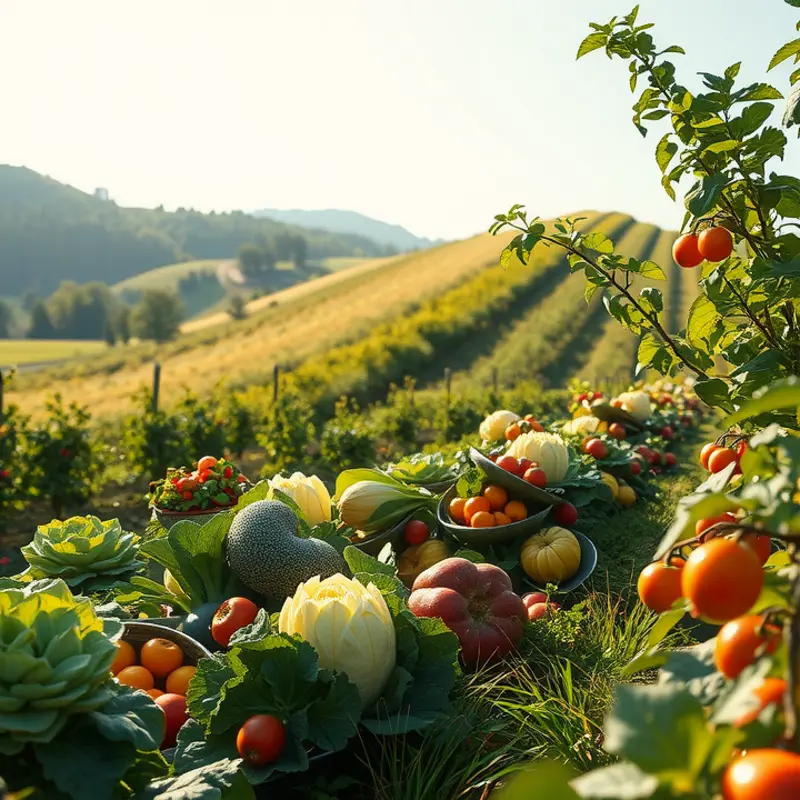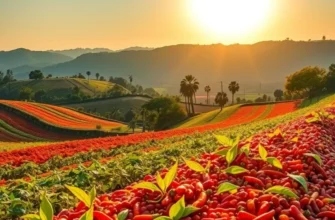Breakfast, often dubbed the most important meal of the day, holds unique celebratory meanings across different cultures. From the hearty brunch of the United States to the delicate pastries in France, each tradition paints a vibrant picture of local ingredients and culinary practices. Engage your senses as we journey through some of the world’s most intriguing breakfast traditions, rich with history and flavor.
Festive Mornings in Mexico: Breakfast Tamales and Atole

In Mexico, the morning meal is a vibrant celebration of flavors deeply rooted in cultural heritage. A central element of these festive breakfasts is the tamale, a beloved dish wrapped in corn husks or banana leaves, symbolizing the agricultural bounty of the land. Tamales are not only a breakfast staple but a dish steeped in history, shared among family and friends to mark special occasions.
Tamales are made from masa, a dough crafted from ground corn, mixed with lard or oil, and seasoned with salt. The masa is spread over the husk, filled with an array of ingredients—meat, cheese, vegetables, or sweets—and then steamed. Each region of Mexico boasts unique variations, reflecting local ingredients and flavors. In Oaxaca, tamales often feature spicy mole and chicken, blending flavors that tell tales of tradition and time. In contrast, the Yucatán Peninsula offers tamales with a tangy achiote marinade, echoing the Mayan influence.
Beyond being a culinary delight, tamales also play an important role in Mexican celebrations. Whether for religious festivals, birthdays, or community gatherings, the process of making tamales is a social activity. Families come together for “tamaladas,” where generations gather to prepare and share these savory parcels. This communal cooking not only strengthens family ties but also preserves culinary techniques and histories.
Accompanying tamales is atole, a warm drink that envelops the morning with comfort. Atole is made by simmering masa harina with water until it thickens into a smooth consistency. It’s often sweetened with piloncillo, a type of unrefined cane sugar, and flavored with vanilla or cinnamon. Atole’s comforting warmth is a perfect balance to the heartiness of tamales, making it a cherished breakfast beverage.
Regional variations of atole further highlight its versatility. In some areas, it is infused with chocolate, transforming it into champurrado—a richer, decadent version. Each sip of atole resonates with nostalgia, conjuring memories of past celebrations and family moments, making it an indispensable part of breakfast traditions.
For those interested in blending traditional flavors with modern culinary techniques, exploring ingredient substitutions and enhancements can be a fascinating culinary journey. Local, fresh ingredients naturally boost the sweetness and aroma of tamales and atole. For more creative endeavors in flavor enhancements, consider visiting Flavor Boosters Without Salt, to discover how traditional Mexican breakfast elements can be innovatively adapted.
Tamales and atole are more than mere breakfast options in Mexico; they are cultural treasures that encapsulate the spirit of sharing, family unity, and celebration. With each bite and sip, they connect people to their roots and to each other across the vibrant tapestry of Mexican life.
A Taste of Tradition in Japan: The Art of Breakfast

Japanese breakfasts are an exquisite balance of simplicity and sophistication. Embracing a philosophy of fresh, seasonal ingredients, this morning meal unfolds like an art form. Grilled fish is a centerpiece, lovingly cooked to perfection. Delicate slices of salmon or mackerel often grace the table, their flavors harmonizing with the rice’s subtle sweetness.
Rice, an essential component, serves as more than just sustenance. Cooked to an impeccable softness, it acts as a canvas for other flavors. It’s a reminder of rice’s staple status in Japanese culture, embodying nourishment and abundance. Alongside the rice, miso soup offers comfort and warmth. This soulful broth, made with fermented soybean paste, not only awakens the taste buds with its rich umami depth but also underscores a connection to the earth. This embrace of umami is a cultural cornerstone, valuing the harmonious blend of flavors.
Pickled vegetables, or tsukemono, provide a refreshing contrast with their tart and crunchy texture. These pickles celebrate the bounty of Japan’s seasonal cycle, offering variety and surprise. They are prepared with mindful consideration, ensuring a symphony of colors and tastes that please the eyes and palate alike. Such attention to detail exemplifies the Japanese aesthetic principle known as wabi-sabi, finding beauty in imperfection and transience.
Beyond the culinary elements lies a deeper tradition, where breakfast often intertwines with family rituals. Some families might start their day with a modest itadakimasu, a gesture of gratitude before eating. This simple act highlights an appreciation for nature’s gifts and the labor that brings food to the table. Such rituals foster a communal spirit, reinforcing familial bonds and respect for tradition. This alignment with nature extends beyond the meal, manifesting in other lifestyle practices that emphasize minimalism and sustainability. For more insights into eco-conscious living, consider exploring tips for eco-smart kitchen storage.
Occasionally, traditional breakfasts become elaborate ceremonies, reflecting their cultural significance. Whether celebrating holidays or family milestones, these meals transform into vibrant displays of culinary artistry. Each dish is chosen and presented with purpose, offering more than just taste—it tells a story of heritage and respect.
In the art of Japanese breakfast, every aspect is intentional. From the choice of ingredients to the manner of preparation and presentation, it’s a celebration of harmony and mindfulness. This approach to breakfast not only provides nourishment but also cultivates a connection to nature and loved ones. As we explore these traditions, we are reminded of breakfast’s potential to be a profound and enriching start to the day.
Final words
Celebratory breakfasts are not merely meals; they act as vital threads in the cultural fabric of societies around the globe. Through tamales in Mexico and traditional Japanese breakfasts, we witness the intersection of food, family, and festivity. While these breakfast traditions may vary, their underlying principles of community, celebration, and connection through food remain universal. Embracing these traditions enriches our culinary experiences, inspiring us to explore, taste, and celebrate the remarkable diversity present in breakfast tables worldwide.








